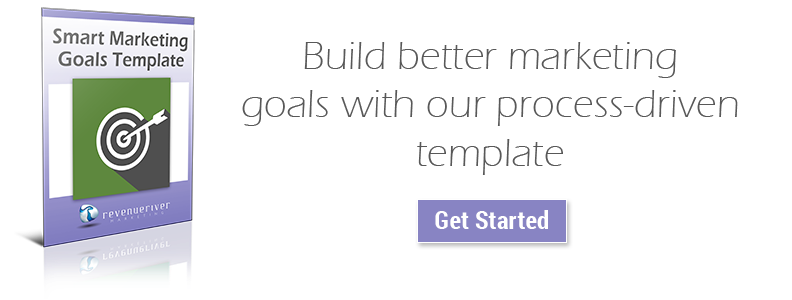

Running in circles trying to find creative ways to increase your conversions? Let’s turn to lead flows.
Lead flows are an efficient and effective way to capture an individual’s attention and can ultimately lead to your next conversion. Adding a lead flow to your site page can give your offers and content the spotlight they truly deserve and amplify your inbound marketing strategy. Best of all, lead flows are easy to set up. But let’s start at the beginning, what is a HubSpot lead flow?
Lead Flows
Lead flows serve as a conversion point that can easily capture site visitors’ attention and encourage them to fill out an included form. Within HubSpot, it is easy to customize the design, copy, and form within a lead flow. Lead flows come in a variety of formats, including a pop-up box, dropdown banner, or a slide-in box (originating from the left or right). In terms of design, HubSpot allows users to customize the images, colors, text, and specific form questions within a lead flow.
How Lead Flows Can Help
Although pop-ups generally have a negative connotation, when implemented properly, lead flows can support and improve your conversion efforts. Lead flows have the ability to capture the positive attention of your site visitors, but there are some tips you should adhere to.
1) Stay On-Brand
First and foremost, keep your brand in mind when creating a lead flow. Align the design and copy with your branding. This means keeping your colors consistent and using copy that will capture the attention of your specific audience.
2) Don’t Go Overboard
Lead flows are not meant to live on every single website page. Think logically and only add lead flows to pages that make sense. For instance, a bottom of the funnel landing page might not be an acceptable place to add a lead flow, but a lead flow on a blog page, enticing visitors to subscribe to your blog, could be the perfect.
3) Think Big Picture
Lastly, be sure to integrate your lead flows within HubSpot. Consider all aspects of adding a lead flow to a website page. While still easy to implement, there is usually more to a lead flow than simply adding the element to a website page. In some cases, you may need to create a corresponding landing page or thank-you page. In other cases, you may need to create a corresponding workflow.
For instance, after creating a “Subscribe to our Blog” lead flow on your blog page, you need to consider what will happen after people fill out the form fields of a lead flow form and click submit. Unfortunately, contacts will not magically be added to your blog subscriber list. This will require you to set up a workflow that will allow for the automation of adding contacts to a corresponding blog subscriber smart list within HubSpot to officially make them subscribers.
Final Thoughts
As you can see, navigating the lead flows tool within HubSpot is fairly simple. This small site page addition, which does not require a massive amount of effort or time, can significantly improve your overall marketing strategy. When executed correctly, lead flows can have a major impact on your conversions. Be sure to keep in mind your branding, the appropriateness of the lead flow as it pertains to a specific site page, and the behind-the-scenes work that comes after creating a lead flow.
Ultimately, your lead flow should align with your overall strategy and marketing goals, which can be developed using our Smart Marketing Goals template below.

